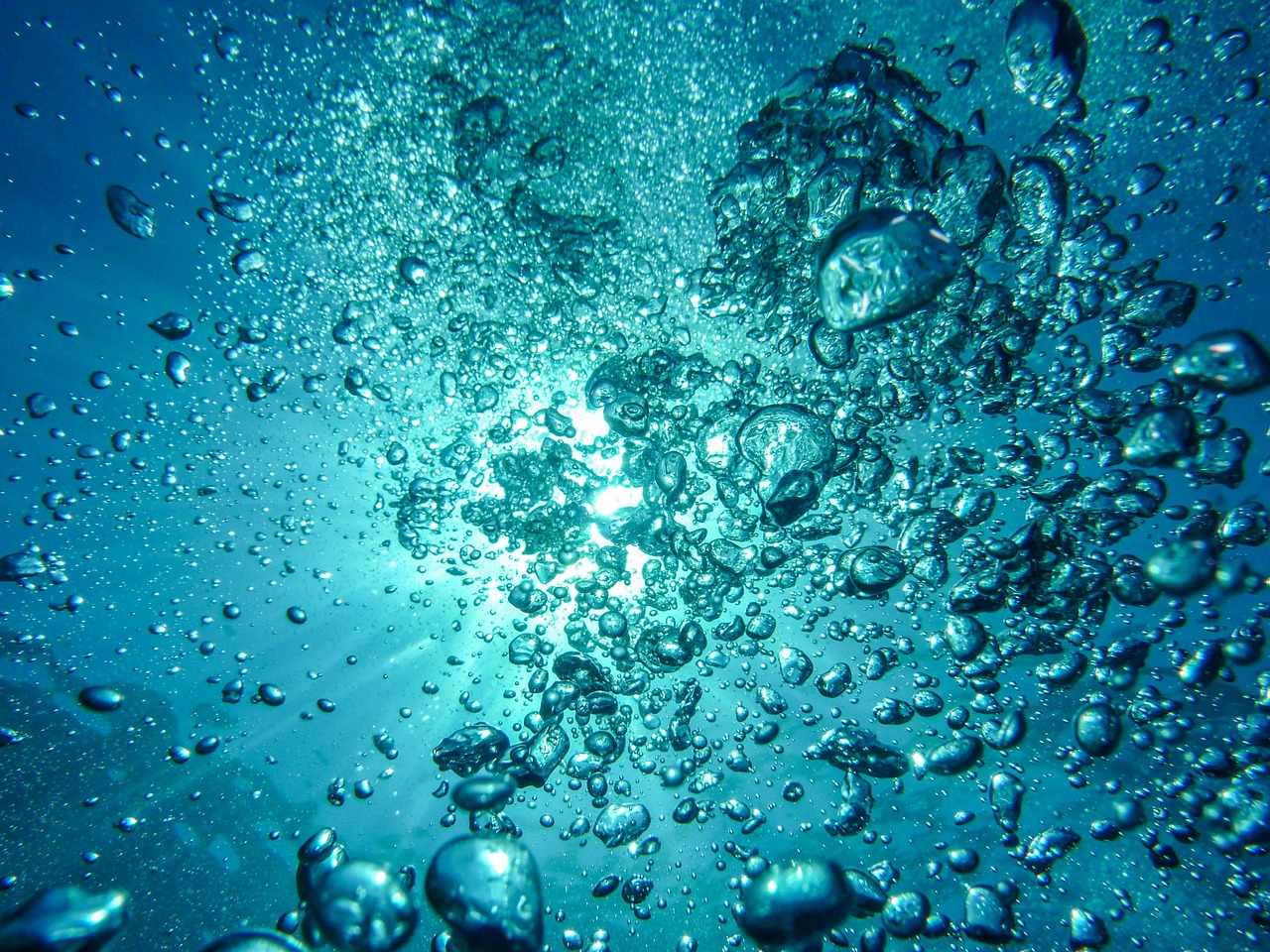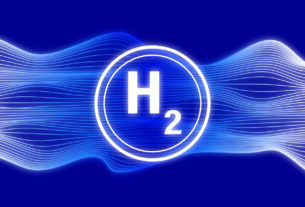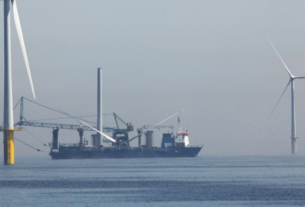China – China’s Shenzhen University and Nanjing Tech University developed a direct seawater electrolysis system (SES) without side reactions or corrosion.
Self-driven water migration replaces desalination in the new method.
Scientists separated the two electrode layers with a diaphragm layer and submerged them in a concentrated hydroxide (OH−) solution, the SDE, to create the lab-scale electrolyzer. A PTFE membrane separated seawater from the SDE. This design allows biased flow of water vapor but completely blocks liquid seawater and impurity ions including magnesium, chloride, and sulfate.
Electrolysis in the SDE maintains the pressure difference across the membrane, allowing freshwater to enter without added energy.
More research needed
The lab-scale electrolyzer produced hydrogen from seawater for more than 72 hours at average voltages of 1.95 V and 2.3 V at current densities of 250 and 400 mA cm−2. Chloride, sulfate, and magnesium impurities dropped to 0.008%, 0.052%, and 0.089% after 72 hours.
Other electrolytes that absorb water vapor and conduct ions or high-performance SDE-compatible electrocatalysts can improve the scientists’ process. The method could be applied to other non-volatile liquids such extremely concentrated acid, alkali, and salt solutions for industrial wastewater treatment.
It might make hydrogen and recover lithium from water. To meet traditional electrolyzers’ renewable energy compatibility, more study is needed.




